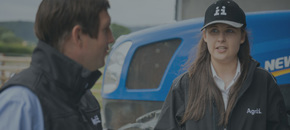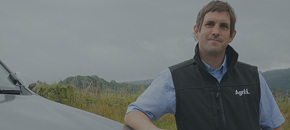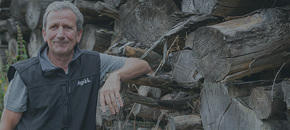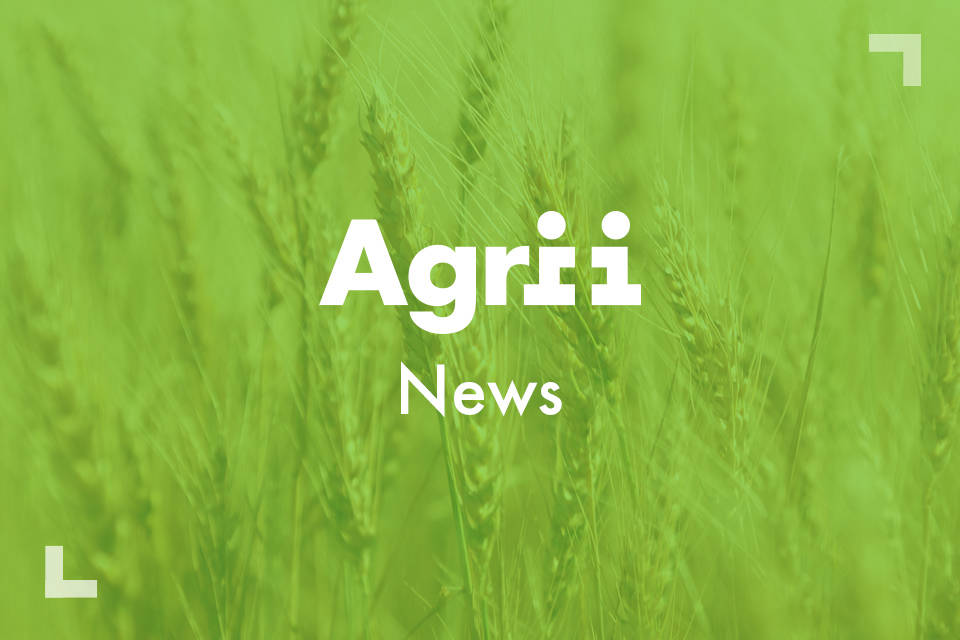The need to farm sustainably has never been greater.
We know what our farming customers need to do this.
Supporting Sustainable Business
How we are walking the walk with sustainability, and how we can support you with the challenges you face.
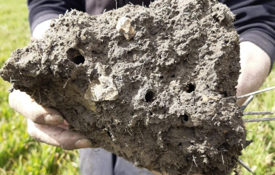
Soil Resilience
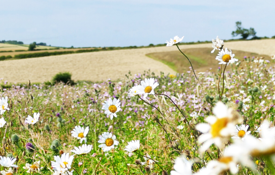
Enhancing Biodiversity on farm
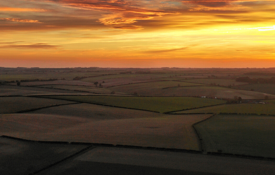
Reducing GHG Emissions in Agriculture
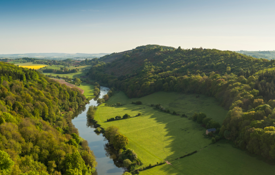
Improving Water Quality
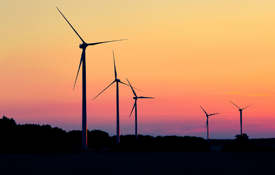
Minimising Waste
The challenge is to produce safe, affordable and healthy food, but we also understand the challenges you face.
That’s why we’ve developed a 5-Point Plan to help you meet the challenges of tomorrow while ensuring that your business remains sustainable and profitable.
Inside these reports, you'll find Agrii Research and Guidance showing you some of what we know so far and how we intend to tackle future challenges.
– find out more by clicking on the links below.
Our Five-Point Plan
Take a look at our Insight Reports
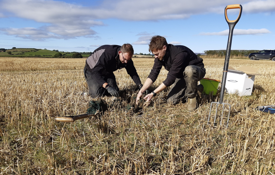
Improving Soil Resilience

Enhancing the Envrironment
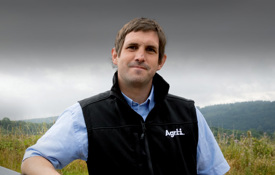
Providing Integrated Whole Farm Solutions
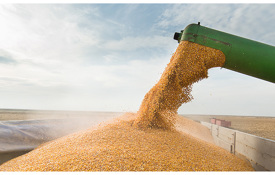
Increasing Farm Productivity and Viability
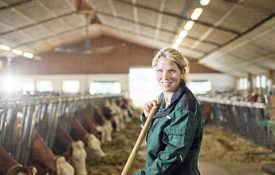
Extending Stakeholder Engagement
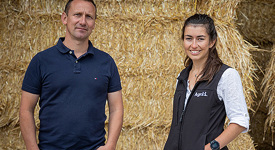
Approach Us
We’re here to help your business ambitions. See how we could work together, we’d love to hear from you.
Let's Talk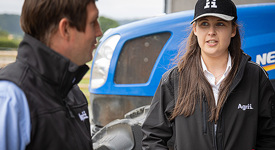
Who We Are
Our expertise is deep and varied because we built Agrii by combining specialised companies over the last 30 years
Overview of Agrii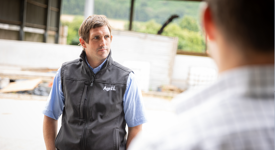
Agronomy
We are the UK’s leading agronomy company, with more than 300 BASIS-trained consultants offering independent advice
Learn More
Business Consultancy
The UK’s most comprehensive arable production resource for meeting farm objectives
Get Advice
Tramlines Podcast
Join Tony Smith, telling stories and giving updates straight from the field as he examines farm life and business issues
Listen Now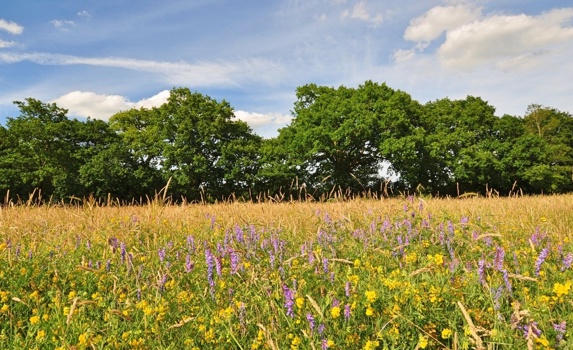
Agrii Environmental Services
Download the Brochure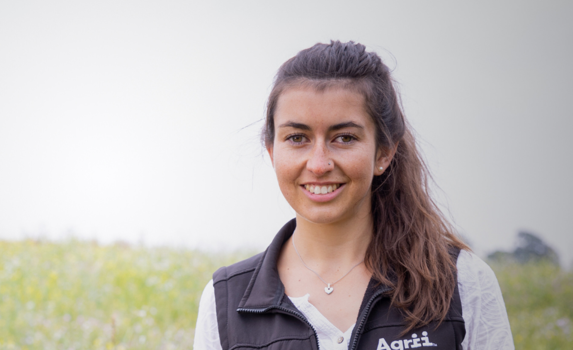
Join Our Community

Agrii X
We love engaging with clients and partners. Give us a follow and let's share stories for the community.

Agrii Instagram
A picture paints a thousand words. Follow us on Instagram to see what we are up to.

Agrii Facebook
Follow us on the worlds biggest social media site for the latest news and events straight to your feed.

Agrii LinkedIn
If you are all about the business, connect with us on LinkedIn to build your network
Stay In Touch

Journal Sign-Up
Receive email updates on topical news and information from around Agrii and UK Farming.

Listen To Our Podcasts
Listen to the Tramlines Podcast. Fortnightly chat about agriculture and trials with your host Tony Smith.

Agrii Insights
Read essential agri intelligence for profitable farming.

Find an Event
Join us for our upcoming events and tours.
Featured News
News - 17/06/25
Half of OSR area underwritten by establishment schemes
News - 27/05/25
Honouring Marek Nowakowski: A Day at Buckingham Palace
News - 01/05/25
Reducing the environmental impact of maize
News - 17/03/25
Agrii Partners with RapidAIM to Revolutionise Codling Moth Management in UK Apple Orchards
News - 07/03/25
Shining a Spotlight on Women in Agriculture
From the farms
Get Inspired
Delve into inspiring farmer stories, case studies, and cutting edge research
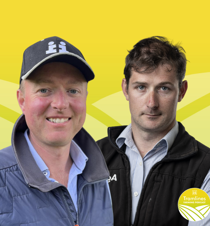
Blackgrass Battles in Bicester | Tramlines Podcast
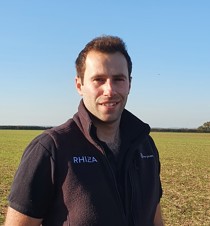
How smaller farms can benefit from variable rate applications
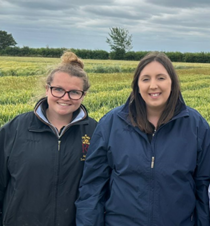
Looking for a career in Agronomy?
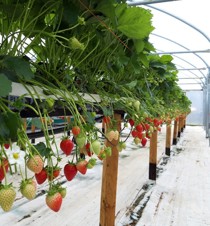
Botector trials highlight improved botrytis control
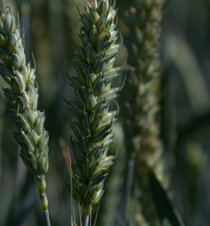
Regenerative trials show key advantages for most robust wheats
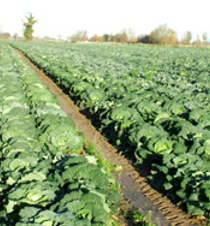
Endophytes deliver yield gains in cabbage trial
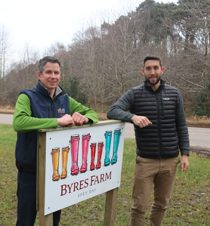
Showcasing sustainability success on Speyside
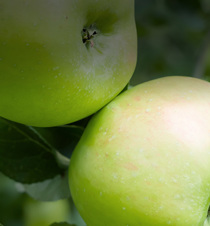
Celebrating the vintage, embracing the future
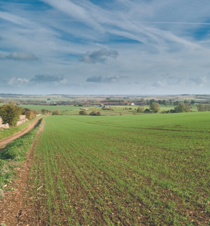
How can we become carbon neutral?
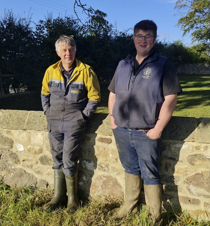
Innovation Award Winner: Luke Medd
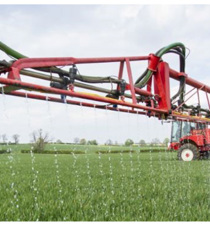
Taking the Liquid Approach
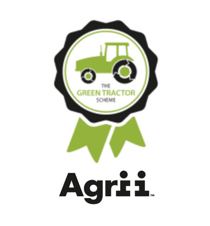
Agrii Joins Green Tractor Scheme
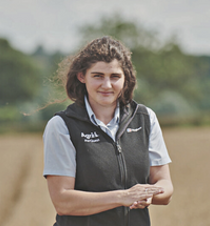
A day in the life of an Agronomist
